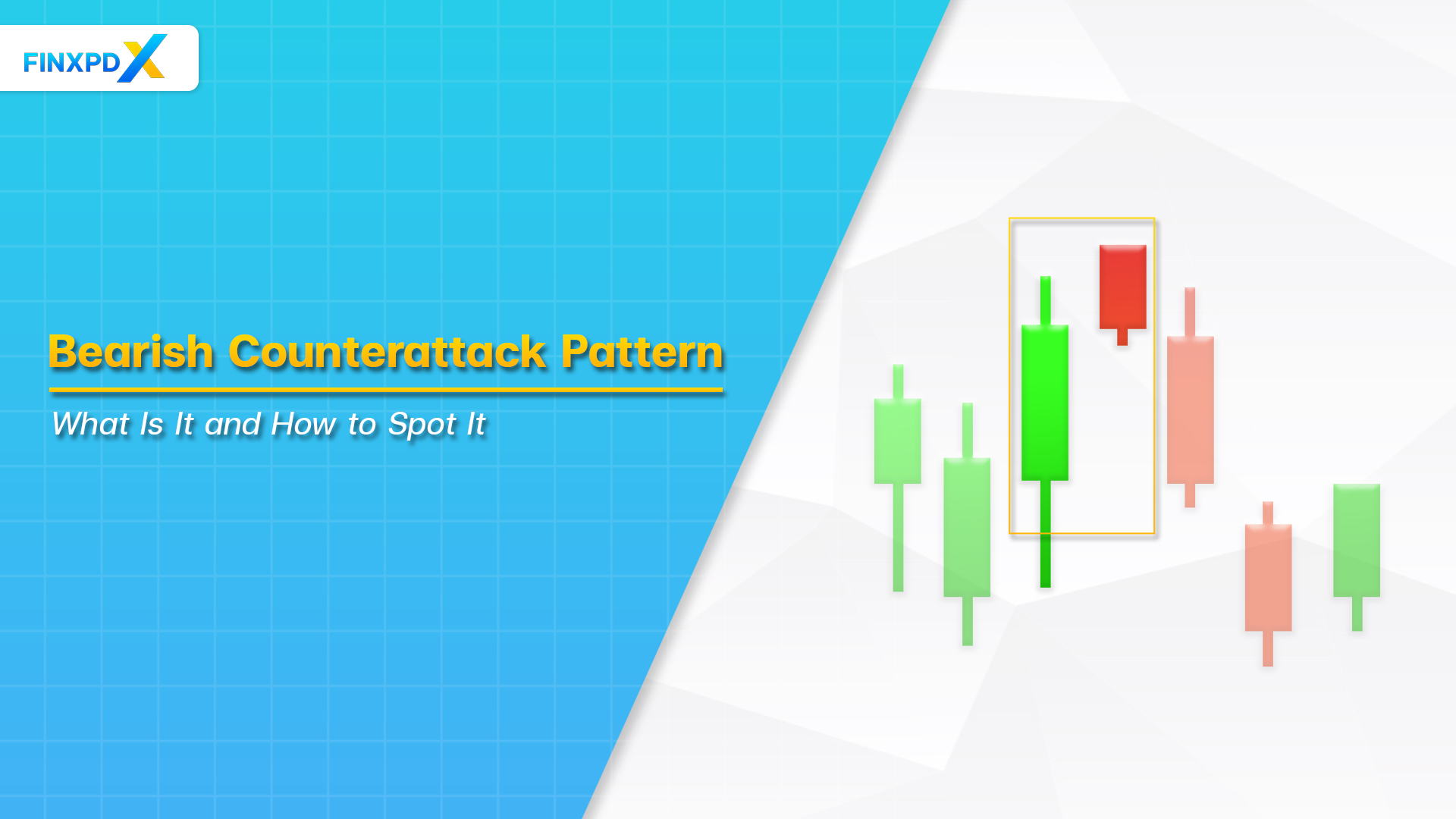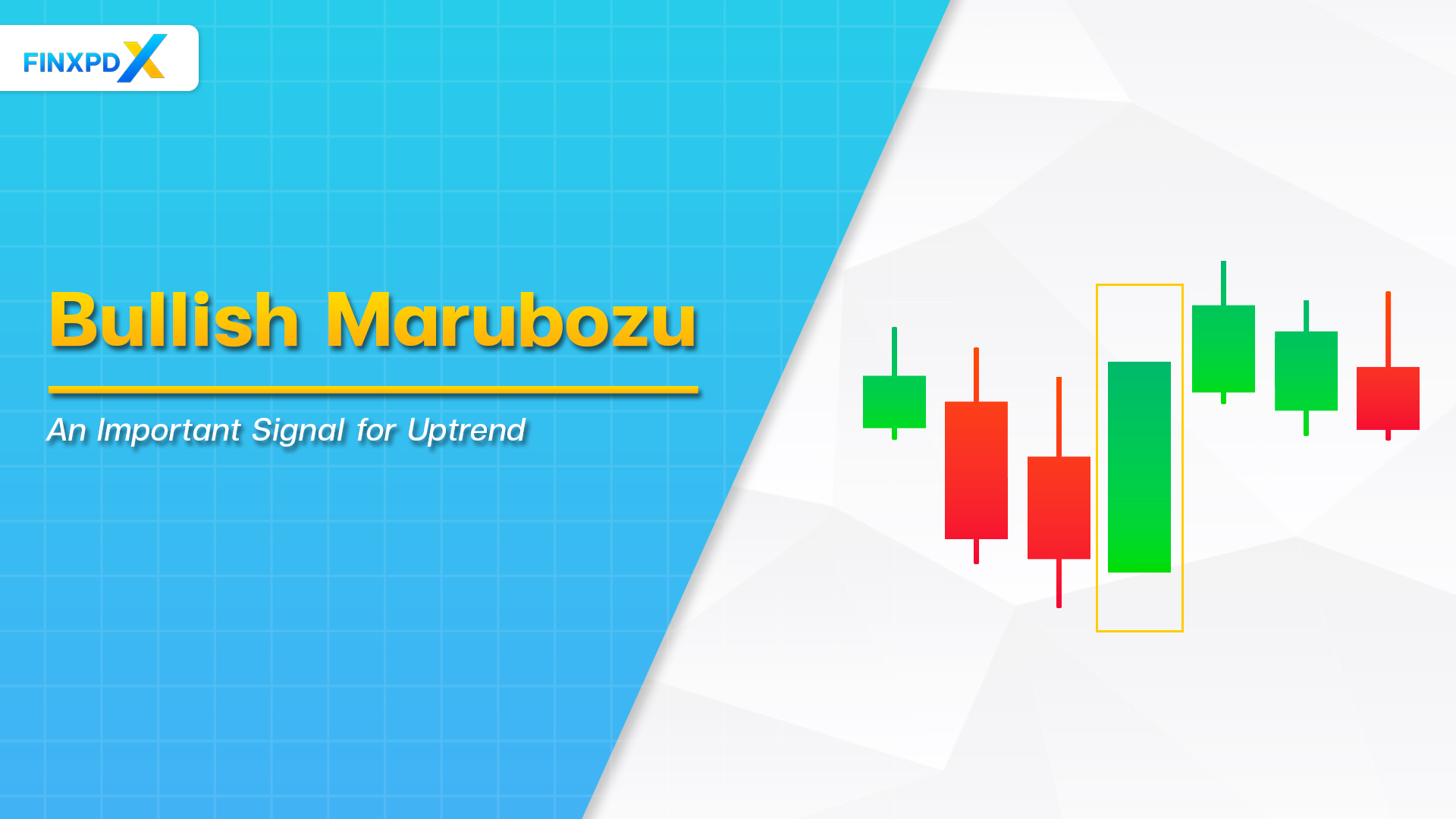The profit factor in trading is a crucial metric in trading that helps evaluate the effectiveness of a trading strategy. By understanding this factor, traders can optimize their approach to achieve better financial results.
In this article, we will delve into what the profit factor is, how it is calculated, its role in evaluating trading strategies, and how to improve it.
What Is Profit Factor?
Profit factor is a trading metric that quantifies the relationship between the gain generated by winning trades and the losses incurred by losing trades. It is calculated by dividing the gross profit of all winning trades by the gross loss of all losing trades.
It provides valuable insights into the risk management and overall profitability of a trading strategy. A higher profit factor indicates better risk management and more profitable trading.
Key Takeaways
- Profit factor is a financial metric used to evaluate the performance of a trading strategy by dividing the total gross profit by the total gross loss.
- A profit factor greater than 1 indicates that the strategy is profitable, while a profit factor less than 1 suggests losses.
- Generally, a profit factor above 2 is considered good, but it can vary depending on the trading style and market conditions.
- Traders can improve their profit factor by focusing on risk management, trade selection, and fine-tuning their strategy.
Factors Affecting Profit Factor
In order to understand and optimize the profit factor of a trading strategy, it is important to consider the various factors that can influence it. These factors include:
Risk-Reward Ratio
A higher risk-reward ratio can significantly impact the profit factor of a trading strategy. By aiming for a higher reward relative to the risk taken, traders can generate larger profits compared to their losses.
Win Rate
The win rate, which is the percentage of winning trades, is another crucial variable that influences the profit factor. A higher win rate means more winning trades, contributing to a higher profit factor.
Trade Frequency
The frequency of trades is another factor that can affect the profit factor. Higher trade frequency leads to a larger sample size, providing more opportunities for profitable trades and potentially increasing the profit factor.
Market Conditions
Market conditions, such as volatility and trends, can also have an impact on the profit factor. Different market conditions can result in varying trading outcomes, which in turn affect the profit factor.
How to Calculate Profit Factor
To assess the effectiveness of a trading strategy, it is essential to understand how to calculate it. By using the following formula, traders can gain a clear understanding of their strategy’s profitability and risk management:

- Gross profit is the total of all winning trades.
- Gross loss is the total of all losing trades.
To calculate it, traders need to sum up the gains and losses of all winning and losing trades, respectively. After obtaining the total gross profit and total gross loss, divide the former by the latter.
What Is a Good Profit Factor?
The interpretation of “good” depends on various factors, including the trading style and market conditions. Generally, a profit factor above 1 indicates that the strategy is profitable. Above 2 is often considered good, as it suggests a healthy balance between profitability and risk management.
However, it is essential to consider other trading metrics, such as the win rate, risk-reward ratio, and consistency of results, to assess the overall effectiveness of a strategy.
Role of Profit Factor in Evaluating Trading Strategies
The profit factor is a crucial metric that plays a significant role in evaluating the effectiveness of trading strategies. When evaluating trading strategies, it allows traders to:
Analyze Profitability
It helps gauge the profitability of a strategy by quantifying the relationship between the gain generated by winning trades and the losses incurred by losing trades. A profit factor higher than 1 indicates that the strategy has the potential to generate gain.
Assess Risk Management
It provides insights into the risk management aspect of a trading strategy. A higher profit factor suggests that the strategy effectively manages risk by generating larger gains relative to losses, indicating a favourable risk-reward ratio.
Evaluate Trading Performance
By evaluating it alongside other metrics, traders can gain a deeper understanding of their trading performance. This evaluation helps identify areas of strength and weakness, highlighting potential adjustments that can be made to enhance overall trading results.
Conduct Risk Assessment
It aids in assessing the level of risk associated with a trading strategy. Traders can use it to evaluate the consistency of profitable trades, potential drawdowns, and the probability of sustaining losses in different market conditions.
How to Improve Profit Factor?
If you want to improve it, it’s essential to focus on different aspects of your trading strategy. Here is the list:
Risk Management
Implement effective risk management techniques such as proper position sizing, setting stop-loss orders, and diversifying trades. These measures can help you mitigate potential losses and protect your capital.
Trade Selection
Emphasize identifying high-probability trades with favorable reward-to-risk ratios. By carefully evaluating trade setups and only entering into trades that have a higher probability of success, you can increase your chances of achieving profitable outcomes.
Strategy Refinement
Continuously analyze and fine-tune your trading strategy based on historical data and market conditions. Regularly review your trades, identify patterns or areas for improvement, and make adjustments accordingly.
Entry and Exit Points
Optimize your entry and exit points to ensure that your trades capture profitable opportunities and minimize losses. Consider using technical analysis tools, such as support and resistance levels or indicators, to help you make more precise trading decisions.
Conclusion
The profit factor is an essential metric for traders looking to evaluate and optimise their trading strategies. However, It is crucial to consider it alongside other relevant metrics to gain a comprehensive view of trading optimisation. Factors such as win rate, risk-reward ratio, and consistency of results should be taken into account to assess the overall effectiveness of a strategy.
To continually improve and adapt, traders should regularly review and refine their trading approach. By considering historical data market conditions and utilizing techniques such as risk management, trade selection, and entry/exit point optimization, traders can maximize their profit factor and optimize their trading strategies for long-term success.
FAQs
It is a performance metric used in trading to evaluate the efficiency and profitability of a trading strategy.
Yes, 1.5 is generally considered good in trading, as it indicates that the total gross profit is 1.5 times the total gross loss, signifying a profitable strategy.
A profit factor of 3 is very good and indicates a highly profitable trading strategy, as it means the gross profits are three times the gross losses.
Improving can be achieved by increasing the size of winning trades, reducing the size of losing trades, cutting losses quickly, letting winners run, and continuously evaluating and adjusting the strategy based on market conditions and performance data.
While both are important, a higher profit factor is often more indicative of a successful trading strategy, as it takes into account the size of wins and losses. A high win rate can still lead to an overall loss if the few losses are very large. Thus, the balance between win rate and the size of wins and losses is key.
Related Articles:
- Forex Indicators: Guide for New Traders
- Forex Line Trading: A Path to Profitable Trades
- Xmaster Formula Indicator: Reliable Signal Tool
Read more: Forex








